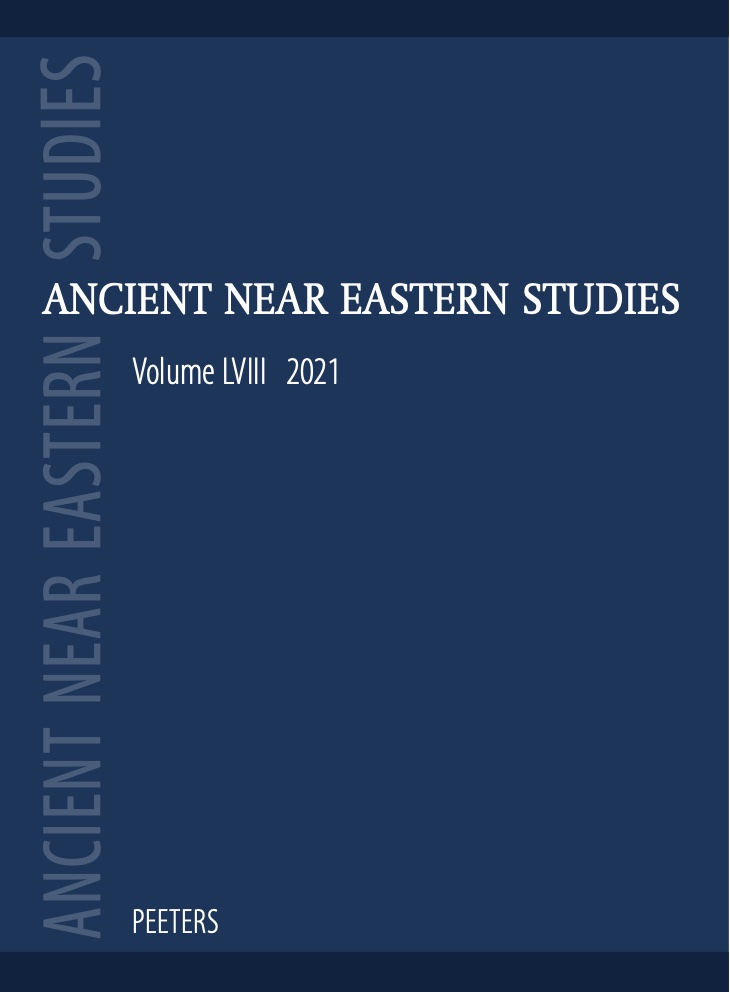 previous article in this issue previous article in this issue | next article in this issue  |

Preview first page |
Document Details : Title: 'Child Sacrifice' without Children or Sacrifice Subtitle: The Pozo Moro Relief Author(s): AZIZE, Joseph Journal: Ancient Near Eastern Studies Volume: 51 Date: 2014 Pages: 263-277 DOI: 10.2143/ANES.51.0.3038722 Abstract : In this study I consider a fifth-century BCE relief from Pozo Moro, Spain, which is often thought to depict Phoenician ‘child sacrifice’. First, I briefly discuss the excavations at Pozo Moro. Second, I contend that nothing depicted in the relief can reasonably be interpreted as a sacrifice and, furthermore, that there are no children in it. Third, I suggest that in fact it represents a parody of the Phoenician 'presentation' scene exemplified on the Ahirom (also spelled Ahiram) sarcophagus from Byblos and sundry other artefacts. Finally, I note that it might be a forerunner of the artistic style known as the 'grotesque', a style which was previously thought to have originated in Hellenistic studios. Thus, one more piece in the chain of evidence for a regular practice of child sacrifice among the Phoenicians and Carthaginians disappears. |
|


